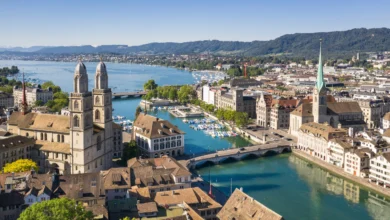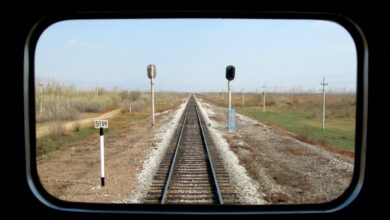With climate change, overpopulation, and globalizationlooming over us, the need for safe, healthy, and sustainable cities has become greater than ever. City dwellers are challenged to explore solutions and re-imagine urban landscapes built to improve the quality of life.
That said, here are four things we can do to make our cities a better place to live in.
Fewer cars, more bikes
Replacing cars with bikes can lighten traffic load, reduce emissions, and decrease the citywide carbon footprint. Biking also offers a low-cost way to travel from one point to another. People can save moneyon fuel and bus or cab fares. It is also a great form of exercise and can help keep residents healthy.;;
More people will bike when infrastructure like bike lanes and off-street trails exist. These cycling networks must be designed to provide easy access from residential areas to parks, schools, retail stores, and other commercial sections.Urban planners should also install ample road signage and use athermoplastic road marking paint tocreate more visible lanes.;
Similarly, local authorities must introduce basic traffic rules like low-speed zones and traffic-calmingsystems such as chicanes, speed humps, curb extensions, and raised pedestrian crossings.
Support local art
Urbanart can be manifested in different ways. Fromgraffiti and murals to music and architecture, artgives communities a stronger sense of identity. It revitalizesdrab spaces and showers them with rich culture and history.
Additionally, creating art can help alleviate stress and promote relaxation for both adults and children. Community members can take part in painting murals or staging theater productions. They can also hold regular events where local bands and even spoken word artists can perform.;
Cultivate green spaces
Parks, gardens,bio walls, and pocket parks serveare essential parts of a city. Theyprovide environmental, aesthetic, and health benefits to communities.
The presence of plants and trees can improve the quality of air and reducethe potential risk of respiratory problems brought by air pollutants.User-friendly trails and parks can also encourage residents to spend more time outside and engage in physical activities.
Residents can also engage in different initiatives like tree-planting programs and community gardens. Both have various benefits, including rejuvenating otherwise unused public spaces and promoting direct contact with nature. Sharing these outdoor spaces can also create a sense of community among residents.
In larger cities where residents have limited access to fertile soil, community gardens offer plots of land for people to rent out and grow their own food. It provides an opportunity for the community to eat healthier and lower food costs.
Increase access to clean water
The United Nations reports that around 700 million people in 43 countries suffer from water scarcity.
Clean water is the core of life in any society. Without access to clean water, communities are more prone to disease, including typhoid and malaria.
Cities must have a quality infrastructure to support and maintain water sanitation plants. Educational campaigns can also help inform residents of the need for water purification and conservation.
At the heart of every city lies the well-being of its residents. Modern systems must be designed to meetnot only our most basic needs but also those of future generations. Building better cities won’t be easy, but with proper planning, leadership, and accountability, it can be done.





